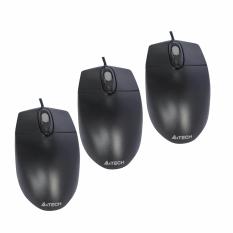

Objectives: Human Toll-like receptors (TRL) TLR2 and TLR4 recognise the specific patterns of a variety of bacterial cell-wall components and transduce signals in cells during an early phase of the innate immune response. P1316 Drug modulation of Toll-like receptors expression by human macrophages stimulated with lipopolysaccharide and bacteria This may be one reason for the exacerbation or induction of autoimmune diseases by infections. The additive effect of stimulating more than one TLR does not only increase the sensitivity of microglia during infections, yet may also entail interactions among exogenous and endogenous agonists of TLRs. Not only microbial products, but also endogenous compounds can act as agonists in the TLR system. Simultaneous stimulation with low concentrations of two agonists led to an additive effect. Co-stimulation with sub-maximum concentrations had an additive effect.Ĭonclusions: Stimulation of microglial cells via different TLRs resulted in a relative uniform release of NO and TNF-α. Co-stimulation with maximum concentrations of two TLR agonists did not further increase NO release. No cytotoxicity was noted with the other TLR agonists.
#Advent m312 wireless mouse drivers Activator
Pneumolysin was a potent activator of microglial cells at concentrations below 3 μg/mL at higher concentrations it reduced cell viability. LPS was most potent in stimulating microglia (concentration causing the half-maximum effect [EC501-NO: 0.00037 μg/mL EC50-TNF-α: 0.024 μg/mL), followed by pneumolysin (0.024 μg/mL 0.136 /Jg/mL), CpG (0.119 μg/mL 0.685 μg/mL) and Pam3Cys (52.3 μg/mL) (EC50-values represent means of six experiments with at least triplicate measurement, respectively). Results: Maximum stimulation of TLR-2, -4, and -9 resulted in approximately equal amounts of NO release. Cell viability of microglial cells was determined using the WST-1-Cell Proliferation Reagent (Roche Applied Science). TNF-α release was measured using the Quantikine M Mouse TNF-α Immunoassay (R&D Systems GmbH). Nitric oxide (NO) release was quantified using the Griess reaction. Methods: Primary mouse microglial cell cultures were stimulated with the TLR agonists Pam3Cys and heat-killed Acholeplasma laidlawii (TLR-2), endotoxin and pneumolysin (TLR-4) and oligonucleotides containing unmethylated cytosin-guanosin motifs (CpG) (TLR-9). The present study aimed at quantifying the activation of microglial cells in response to stimulation with one or two simultaneously administered specific agonists of TLR-2, -4, and -9 at concentrations causing sub-maximum and maximum effects.


Objectives: Microglial cells, the major constituents of innate immunity within the brain, express Toll-like receptors (TLRs) recognising exogenous and endogenous ligands. P1315 Kinetics of the release of nitric oxide and tumour necrosis factor-alpha after activation of microglia via Toll-like receptors-2, -4, and -9


 0 kommentar(er)
0 kommentar(er)
